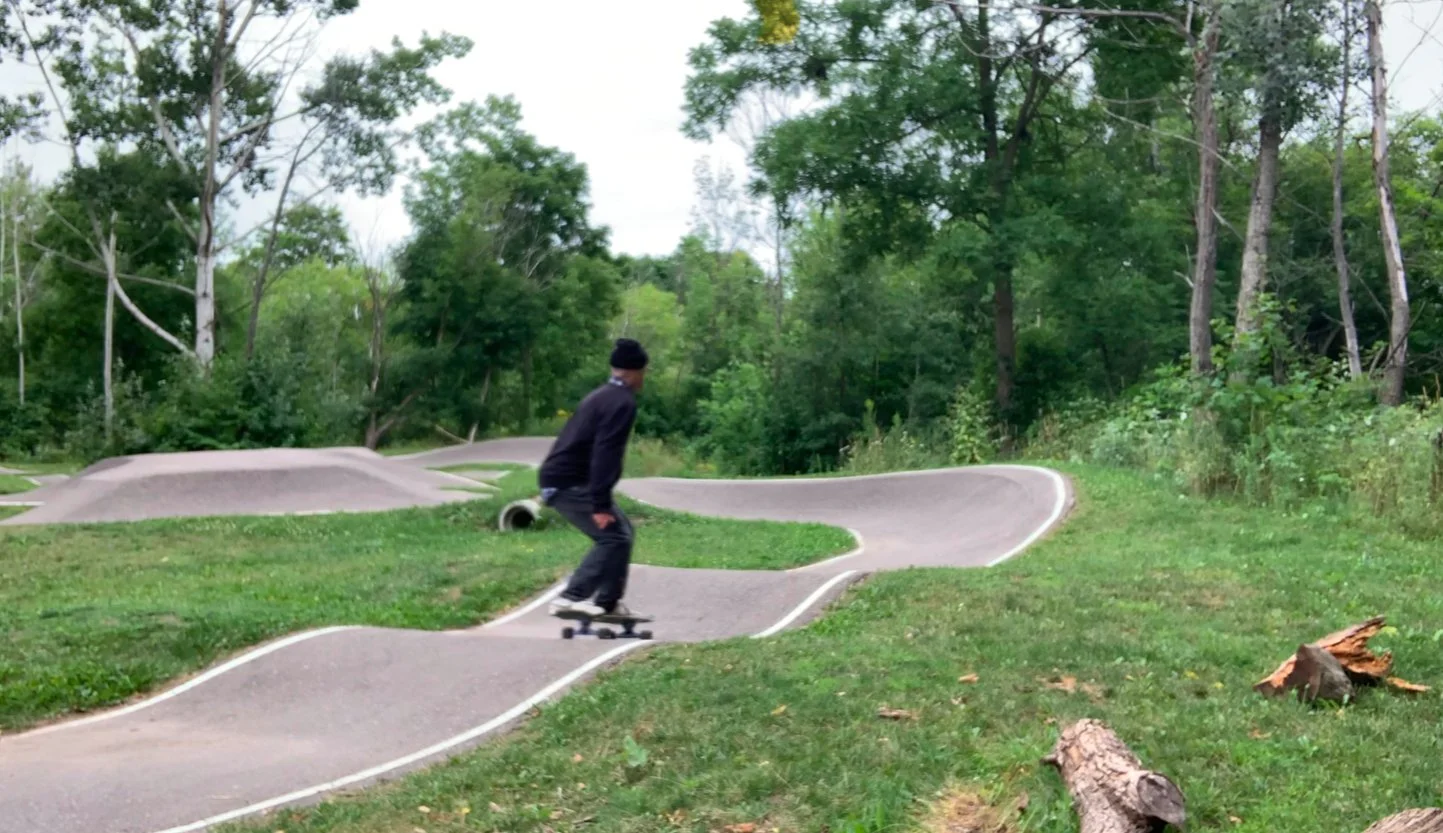Looking back, I see that the missteps and roadblocks of life weren’t mistakes but divinely designed steps toward where I stand today. This understanding deepens with time—and this weekend, it hit me harder than ever. I was cracked open emotionally, discovering a blind spot that fuels my intent and attachment.
Here’s where painting enters: like life, it reveals my struggle with attachment through the act of vulnerability. Vulnerability, for me, means letting the world see parts of myself tied to shame, embarrassment, and the fear of abandonment. These feelings ebb and flow, but I’ve learned the intensity isn’t random—it’s tied to my craving for connection.
Now note the wording: these feelings are only seen as vulnerable because I’ve attached them to shame, fear, and embarrassment. That’s the key. There’s a part of me—so central to who I am—that I desperately want the world, family, friends, strangers, and lovers to see, recognize, and accept.
At some point in my past, I learned—wrongly—that this part of me makes me unlovable. That if I want acceptance, I must hide this aspect of myself. The lesson embedded itself so deeply that it shaped how I show up in relationships, both with others and with myself
Now, of course, writing this doesn’t eradicate this way of operating (although Lord above, I wish it did) but instead gives me space from the fallout. Being a historically emo human, ruminating on an interpersonal relationship seems constant, while it’s the relationship I might have to a subject or painting that never finds a footing.
Outside of the technical aspects of painting, my entire journey has been about allowing myself to show the vulnerable parts of me on a canvas. Like love letters addressed to a crush, the anxiety in painting comes from being attached to the response.
So much of the time, I’m caught up in crafting the perfect love letter (re: painting) with flowery, beautiful language and moments of passion wrapped in perfect comedic timing, hoping this might sway someone to accept the shameful and seemingly gross part of me—and lead to the romantic comedy partnership of my dreams.
And in this way of thinking and feeling I became aware that the pursuit of a beautiful painting and the desire to create art are at odds
One asks to be adored while the other hopes to be understood
